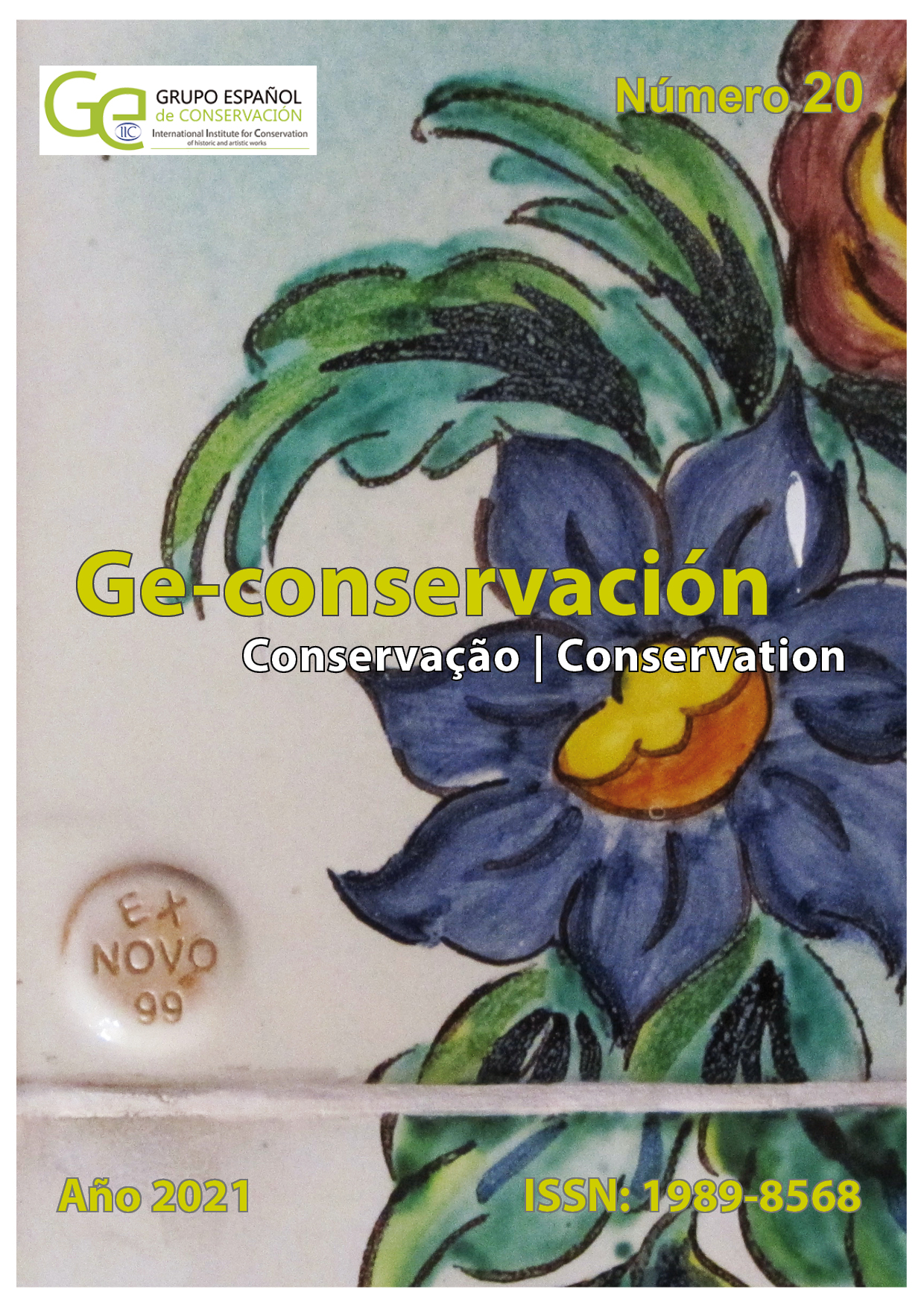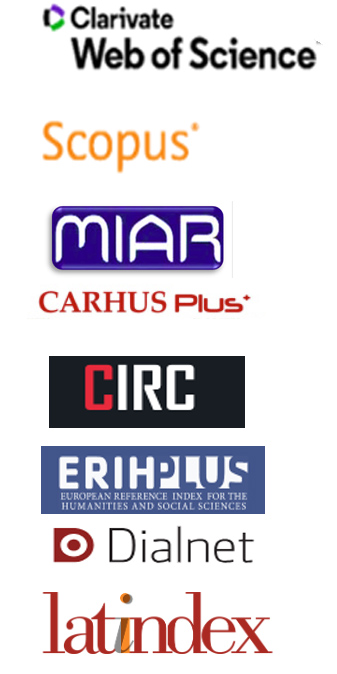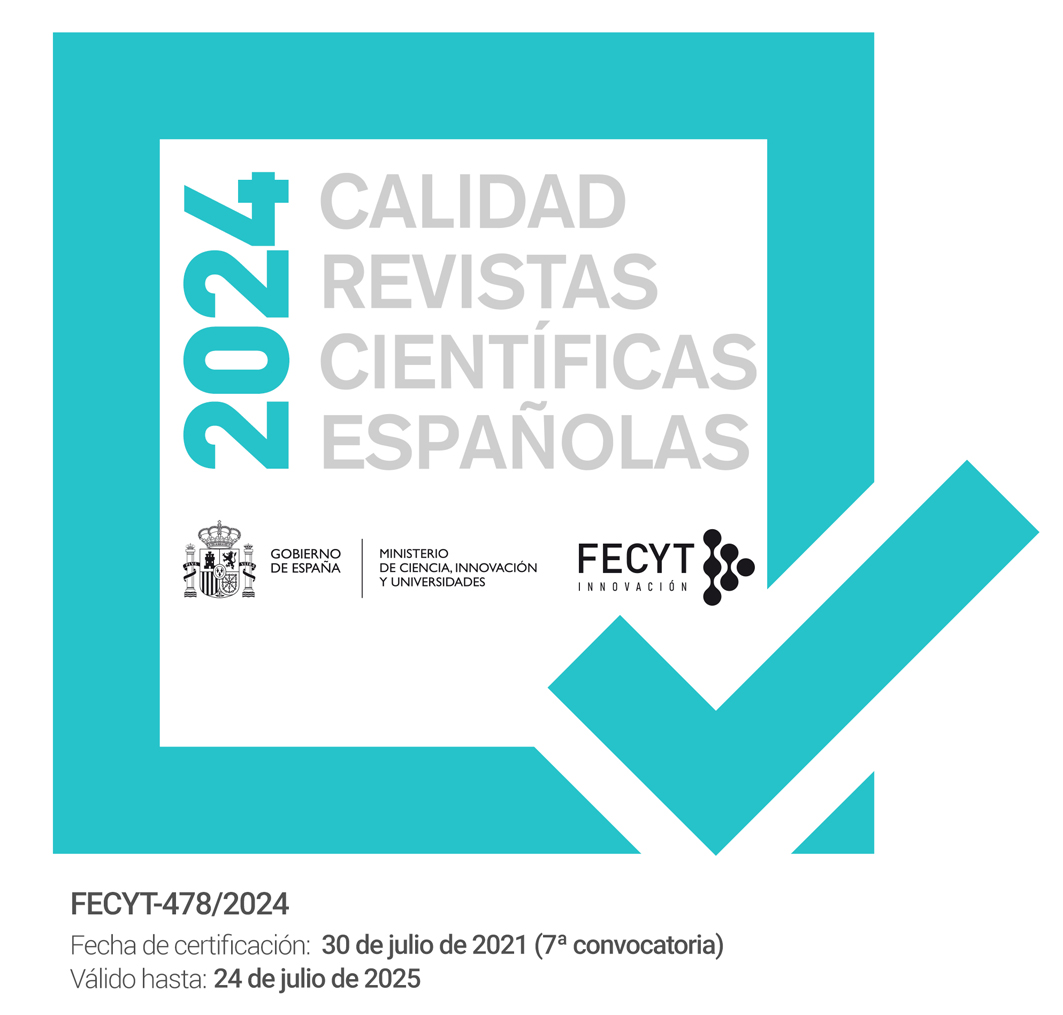La autenticidad en el arte contemporáneo… ¿qué conservar?
Resumen
La restauración del arte contemporáneo ha generado un gran debate teórico en torno a los criterios a seguir en los procesos de conservación-restauración y la reflexión teórica sobre qué conservar. En el panorama teórico actual surgen líneas de pensamiento que van más allá de la restauración crítica de Cesare Brandi, afrontando nuevos conceptos del arte como su significado, su inmaterialidad o su temporalidad, así como los procesos de copia, réplica y sustitución diferida que surgen desde la praxis en los foros internacionales, donde se ha tratado de buscar un modelo común de toma de decisiones que lleve a un trabajo riguroso y respetuoso con el arte contemporáneo.
Descargas
Citas
ALTHÖFER, H. (1960). “Einige Probleme der Restaureierung moderner kunst”. en Das kunstwerk 5-6 /XIV, nov./dic.
ALTHÖFER, H. (1977). “Fünf Aufgaben zur Erhaltung der modernen kunst”, en Das kunstjahrbuch, 77/78, 149-155.
HUMMELEN, IJ.; SILLEL, D. (1999). “Modern Art: Who Cares? An interdisciplinary research project and an international symposium on the conservation of modern and contemporary art”, Foundation for the Conservation of Contemporary Art
HUMMELEN, IJ. (1999). “The Conservation of Contemporary Art: New Methodos and Strategies?” en Corzo, M.A., Mortality immortality: The legacy of 20th century art, Los Angeles, Getty Conservation Institute, 171-175.
HUMMELEN, IJ. (2006). “Conception, creation and re-creation. Embodied Knowledge and the preservation of contemporary art”, en Delgado, J., Mimoso, J.M., International Seminar. Theory and Practice in Conservation, Lisbon, National Laboratory of Civil engineering.
DEL FRESNO, R. (2017). La entrevista al artista emergente como modo de conservación preventiva. Estudio aplicado a los proyectos Perspectives Art Inflammation and Me y Perspectives, Art Liver Diseases and Me. Tesis doctoral. Universidad Politécnica de Valencia.
JADZINSKA, M. (2008) Authenticity in Modern Art in the light of the theories of Cesare Brandi. en: Basile, Giuseppe. Il pensiero di Cesare Brandi dalla teoria alla pratica. Atti dei seminari di Monaco, Hildesheim, Valeza, Lisbona, Londra, Varsavia, Bruxelles, Parigi. Il prato editore. Padova, 264.
JADZINSKA, M. (2012) “Back to the Future: authenticity and its influence on the conservation of Modern Art”, en Szmelter, I., Innovative Approaches to the complex care of Contemporary Art, Archetype Publications, 82-99.
MARKEVICIUS, T. (2019). “Decision-making authenticating modern and contemporary art: challenges articulating temporality, change and authenticity momentum”, en: MACCH Conference 2019: Bridging the Gap. Theory and Practice in the Conservation of Contemporary Art, 24 – 27 March 2019. Jan van Eyck Academie, Maastricht, The Netherlands.
NACCA (2019). Bridging the Gap. Theory and Practice in the Conservation of Contemporary Art. http://nacca.eu/conference-2019/
PUGLIESE, M. y FERRIANI, B. (2009) Monumenti effimeri. Storia e conservazione delle installazioni, Electa Mondadori, Milán.
PUGLIESE, M. (2002) Scolpire lo spazio: tecnica e metodologia della scultura dall’antichita al contemporaneo, Campanotto., Pasian di Prato.
PUGLIESE, M. y FERRIANI, B. RAVA, A. (2008), “Time, originality and materiality in contemporary art conservation, The theory of restoration by Cesare Brandi, between tradition and innovation”, en 15th Triennial Meeting. New Delhi, ICOM, 484-488. https://www.icom-cc-publications-online.org/1892/Time-originality-and-materiality-in-contemporary-art-conservation-The-theory-of-restoration-by-Cesare-Brandi-between-tradition-and-innovation
BRACKER, A. (2009) Conservation, principles, dilemmas and uncomfortable truths, London, Victoria and Albert Museum.
RAVA, A, (2013) “Forma e memoria, la conservazione dell arte contemporanea”, en Teorie e pratiche del restauro nell arte contemporanea, Skira, Milán, 147-155.
RAVA, A, (2003) “Fragile contemporaneo, en Rapporto restauro”. Il Giornale dell Arte, 219, 4.
SANTABARBARA, C., (2016). “Heinz Althöfer, el inicio de la teoría de la restauración del arte contemporáneo Heinz Althöfer, the beginning of the Theory of Conservation of Contemporary Art”. Revista e-rph18, 52-69. http://revistaseug.ugr.es/index.php/erph/article/view/5198
SCHINZEL, H., (2003). “Visibility of restoration, legibility of artwork : the topicality of a compromise”. En Visibilité de la restauration, Lisibilité de l’œuvre. Actes du 5ème Colloque International de l’Association des Restaurateurs d’Art et d’Archéologie de Formation Universitaire, 13-15 juin 2002. Paris: CRBC-ARAAFU, 55-63
SCHINZEL, H., (2004). “Zeitgenössische Kunst und Restauriertheorie”, in Museum Aktuell Dez. 110, 19 – 27.
SZMELTER, I., SCHOLTER, S., (1999) “The conservation of modern art in Eastern Europe” en Modern Art: Who Cares? An interdisciplinary research project and an international symposium on the conservation of modern and contemporary art, The Foundation for the Conservation of Modern Art and the Netherlands Institute for Cultural Heritage, 322-326.
SZMELTER, I., (2012) “An innovative Complex Approach to Visual Art Preservation” en Innovative Approaches to the complex care of Contemporary Art, Â Archetype Publications London, pp.10-33.
SCHÄDLER-SAUB, U. (2010) “Conserving modern and contemporary art: reflections on theory and practice in Italy”, en Theory and practice in the conservation of modern and contemporary art: reflections on the roots and the perspectives. Archetype publications. https://sisis.rz.htw-berlin.de/inh2011/12398348.pdf
ICOMOS (1994). Documento de Nara. https://www.iccrom.org/sites/default/files/publications/2020-05/convern8_06_docudenara_esp.pdf
SBMK, ICN (2010) “Contemporary art, who cares?”, Foundation for the Conservation of contemporary Art y The Netherlands Institute for Cultural Heritage en colaboración con la University of Amsterdam (UvA), Amsterdam.
UNESCO. (2005) Operational Guidelines for the Implementation of the Word Heritage Convention, World Heritage Committee and World Heritage Centre. https://whc.unesco.org/en/guidelines/
TH KÖLN (2019). The Decision-Making Modelfor. Contemporary Art Conservation and Presentation Mai 2019 Cologne Institute of Conservation Sciences. https://www.sbmk.nl/source/documents/f02_cics_gsm_fp__dmmcacp_190513.pdf
- Los autores conservan los derechos de autor y propiedad intelectual, y garantizan a la revista Ge-Conservación y al GEIIC el Copyright© de los derechos de edición y publicación por cualquier medio y soporte. Las obras de dichos autores además se pueden publicar bajo una Creative Commons Attribution License que autoriza ser distribuido gratuitamente, copiado y exhibido por terceros si se muestra en los créditos la autoría y procedencia original en esta revista, y no se puede obtener ningún beneficio comercial por parte de terceros, ni tampoco se pueden realizar obras derivadas.
- Los artículos podrán ser utilizados para fines científicos y formativos, pero nunca con fines comerciales, expresamente sancionado por la Ley.
- La información contenida en los artículos es responsabilidad exclusiva de los autores.
- La revista Ge-Conservación y los autores pueden establecer por separado acuerdos adicionales para la distribución no exclusiva de la versión de la obra publicada en la revista (por ejemplo, situarlo en un repositorio institucional o publicarlo en un libro), con un reconocimiento de su publicación inicial en esta revista.
- Se permite y se anima a los autores a difundir sus trabajos electrónicamente (por ejemplo, en repositorios institucionales o en su propio sitio web) después de su publicación en la revista Ge-Conservación, ya que puede dar lugar a intercambios productivos, así como a una citación más temprana y mayor de los trabajos publicados por el autor.
- Los datos personales suministrados por los autores únicamente serán utilizados para los fines de la revista y no serán proporcionados a terceros.









